Description
Karanjwa – Bonduc Nut – Health Benefits

bonduc and important Caesalpinia Caesalpinia, two species of shrubs of tropical legumes, seeds produce smooth, shiny or nickernuts called nickar nuts. Both these shrubs share a common name – Warri tree. While Caesalpinia bonduc nickernuts produces gray hued, nuts produced by the other bush Caesalpinia main are yellowish. Depending on the color of the nuts produced by them in the Caribbean these shrubs are known as knickers yellow and gray panties.
It is assumed that the term “neigh” has its origin in the “knikker” Dutch terminology, which literally indicates marble clay.
people in different Caribbean islands nickernuts use to play games like mancala oware. Precisely speaking, the bonduc Caesalpinia is very similar to a marble clay and used for a number of uses, such as making jewelery. Occasionally, nuts also are sprayed in powder form to prepare a therapeutic tea.
Often found the seeds of Caesalpinia bonduc lying on the beach and commonly known among locals as stones or pearls eagle sea.
The stem of the Caesalpinia bonduc is a vine that grows to a length of 15 meters and generally has thorns or barbed solid. The leaves of Caesalpinia bonduc appear alternately on the stem, are bi-pinnate compound each having anything between 6 and 11 pairs of pinnae, which are basically stipules pinnate with three to five lobes each. They measure up to 20 mm in length and rachis measure anything between 15 cm and 80 cm in length. The leaflets of Caesalpinia bonduc appear opposite each other and anything between 6 and 9 pairs on each pinna. They measure anything between 2 cm and 4 cm long and at its base that are about 1 cm to 2 cm wide oblong. Midrib and margins have small hairs.
The inflorescence of Caesalpinia bonduc can vary – A super-axillary terminal cluster or panicle measuring about 30 cm to 60 cm long and compactly with flowers. Flowers Caesalpinia bonduc are bisexual by nature or sometimes may even be functionally unisexual or zygomorphic. The flowers have five sepals, free Rosos in an unequal number of dimensions of 5 mm x 2.5 mm. The lowest sepal is bell-shaped, the petals are free and unequal measure anything between 6 mm and 7 mm x 2 mm and 3 mm. Bonduc Caesalpinia petals are yellowish and claws, to have the top differently, and the size.
Each flower has a maximum of 10 free stamens are each 5 mm in length. Towards its base, the filaments are hairy and style is short, while the ovary of flowers is very dominant. Bonduc Caesalpinia flowers give way to a small pod fruit inflated rectangular measuring about 5 cm to 8 cm long and about 3 cm to 4.5 cm wide. The seed pod is dehiscente and wrapped with the signature, hairy elongated spines. Each pod contains anything between one and two seeds. Bonduc Caesalpinia seeds are approximately 1.5 cm to 2 cm in diameter and ovoid. The seeds are hard, light gray color and smooth exterior.
bonduc Caesalpinia plants often spread from its seeds and seedlings are sprouting epigeic. They are round cotyledons that are quite thick.
In Scandinavia, nuts bonduc Caesalpinia is commonly known as “sea beans”, while people in the Hebrides they call “beans Moluccas”. Interestingly, a fossilized tree was found in a Swedish swamp. In its 1797 edition, the Britannica wrote that the wood of these trees were used exclusively to manufacture snuff boxes. However, since long people in various cultures have been using the wood of Caesalpinia bonduc for making amulets to bring good luck to the wearer and ward off bad luck or make delivery easier.
Bonduc (Caesalpinia bonduc) Health Benefits
Caesalpinia bonduc offers a number of therapeutic, culinary and several other uses. For example, each time this tree that grows in tropical coastal regions, especially in Africa is, people use leaves, roots and bark Caesalpinia bonduc plant for the treatment of a number of health conditions, including headaches , fever and chest pain. In fact, these parts of the tree nut bonduc also used in the form of an anthelmintic. People in the western regions of Africa have been using Caesalpinia bonduc as a rubefacient, as well as a tonic for the treatment of diseases such as diarrhea , jaundice and even to cure skin rashes.
People living on the coast of Kenya have been using leaves Caesalpinia bonduc to prepare a decoction, while seeds and roots bonduc Caesalpinia are used internally for the treatment of asthma as well as the problems associated with menstruation. bonduc Caesalpinia these parts are also used to prevent miscarriage. In some places, which are also used in the form of eye drops in order to treat blood clots inside the eyes.
Some Tanzanians core seeds are dried and pulverized into powder form, which is taken internally along with water to cure diabetes mellitus. Furthermore, people in Somalia use the oil extracted from the seeds of Caesalpinia bonduc for treating rheumatism. In addition, the seeds of Caesalpinia also bonduc performance is considered to quinine for the “poor”. This extract is used in various places in India for the treatment of malaria. However, from now on, the use of this bitter seed extract for the treatment of malaria in Africa has not yet been documented.
In tropical regions Asia and the tropical islands of the Pacific Ocean, Caesalpinia bonduc is vital for the people medicinal plant. Caesalpinia bonduc used for therapeutic purposes both in the same way as the people of Africa do.
In other West African nations such as Ethiopia and Sierra Leone, people plant the shrub Caesalpinia bonduc as a growing fence. Furthermore in Guinea, it located in the equatorial region, extracting oil seeds Caesalpinia bonduc and use for culinary purposes. Furthermore, seeds Caesalpinia bonduc also used in the form of beads as well as the weights and counters as several sets of local table.
Often the seeds of Caesalpinia bonduc are drawn up at several beaches around the world. These seeds of Caesalpinia bonduc are collected by people in different places to make necklaces. In India, children often use the seeds of Caesalpinia bonduc like marbles.
Furthermore, also seeds of nuts bonduc are used to extract oil and this substance is often used in the form of a cosmetic, especially to get rid of freckles on her face. Moreover, this oil is also used to prevent or stop discharge ear.
In traditional African medicine, nut bonduc or the seeds of Caesalpinia bonduc are believed to be a crucial grass. Caesalpinia bonduc is also popular for its therapeutic properties in many regions of Asia and tropical islands of the Pacific Ocean, where the different parts of bonduc caesalpinia are used for similar purposes as in different African countries.
Chemical analysis of the seeds of Caesalpinia bonduc have revealed that possess viral anti-anti-bacterial, anti-fungal, febrifuge, , tonic, stomach, mild purgative, hypoglycemic and cholesterol-lowering properties. In fact, it has been found that these seeds Caesalpinia bonduc also possess anti-cancer properties.
Seeds of Caesalpinia bonduc also have soothing properties and are therefore used to ease stomach problems.
Furthermore, spotted butterfly larvae also feed line plant Caesalpinia bonduc.
bonduc nuts are collected from shrubs Caesalpinia bonduc, who have their homes in the tropical lowland regions. These plants grow well in reasonably fertile soil that has a proper drainage system. Caesalpinia bonduc has a preference for full sunlight and thrives when grown under those conditions.
Usually bonduc nut trees are in bloom throughout the year and, therefore, also produce fruit throughout the year. Since seeds of nuts bonduc float in water for prolonged periods, they remain viable for a longer period. This is perhaps one of the reasons why these nuts are widely used by people in coastal areas of tropical regions around the world.
The plants belonging to this particular genre, are extremely resistant to honey fungus. It has been found that plants Caesalpinia bonduc have a symbiotic relationship with specific types of bacteria that are present in the soil. In fact, these beneficial bacteria develop nodules on the roots of plants and fix nitrogen atmosphere. While a fraction of this nitrogen is used by the plants themselves for growth in general, the additional amounts are used by other plants growing in the vicinity of Caesalpinia bonduc.
Bonduc (Caesalpinia bonduc) Side effects
despite its health benefits, Caesalpinia bonduc should be used with caution for use of this herb in large doses can become toxic.
There is not enough information to know if it is safe Caesalpinia bonduc or what could be the possible side effects.
Pregnancy and breast-feeding: Not enough is known about the use of Caesalpinia bonduc during pregnancy and lactation. Stay on the safe side and avoid use.
Karanjwa – Bonduc Nut – کرنجوا – مغزکرنجوا – کرنجوہ
ماہیت ۔ یہ ایک بیل دار بوٹی ہے اور اسکی شاخوں میں کانٹے ہوتے ہیں اس کی شاخیں پراگندہ اور پتے سرس کے پتوں کی طرح ہر ایک شاخ پردو طرفہ ایک دوسرے کے بالمقابل لگے ہوتے ہیں پھول اڑتی ہوئی شہد کی مکھی کی طرح لیکن ان کی پنکھڑیاں چھوٹی بڑی ہوتی ہیں ۔اس پر بڑی بڑی خاردار پھلیاں ہوتی ہیں ان پھلیوں کے اندر لگ بھگ سپاری کے برابر فاختی یا زرد مائل سلیٹی سے تخم ہوتے ہیں جو ذائقہ میں تلخ ہوتاہے۔جس کو مغز کرنجوہ کہاجاتاہے۔ان کا مغز جڑ کاچھلکا اور پتے بطور دواء مستعمل ہیں ۔
مزاج ۔ گرم وخشک ۔ درجہ سوم۔بعض کے نزدیک گرم تین ۔ خشک درجہ دوم ۔
افعال ۔ دافع نوبتی بخار کاسرریاح مجفف جاذب مصفیٰ خون ،کرم شکم ، مانع تشنج دافع تعفن ۔
استعمال بیرونی – کرنجوہ کو مجفف اور جاذب رطوبت ہونے کے باعث استسقاء اورقیلہ مائیہ افوطوں کی تھیلی میں پانی بھرجانا میں بطور ضماد استعمال کرتے ہیں اس کا باریک سفوف کرکے ملتے ہیں ۔ کلافی فوطہ ورم خصیہ اور غددی اورام میں مغز کرنجوا کے باریک سفوف کو ارنڈی کے تیل کے ہمراہ یا ارنڈ کے پتوں پر چھڑک کر مقام ماوف پر باندھتے ہیں اس کاسفوف خارش میں ملتے ہیں ۔ مغزتخم کرنجوہ کوتلوں کے تیل میں جلانے کے بعد روغن صاف کرکے متعفن زخموں پرلگاتے ہیں اور خارش پر مالش کرتے ہیں ۔مغز کرنجوا کا سفوف حقہ میں پینا قولنج میں نافع ہے۔
استعمال اندرونی ۔ تپ لرزہ بُخار کو روکنے کیلئے اسکی جڑ کی چھال یا مغز کرنجوا کو برابر مقدارمرچ سیاہ کے ہمراہ پانی میں پیس کر پلاتے ہیں یا تپ لرزہ کو روکنے اور امراض فسادخون کو دور کرنے کیلئے برگ کرنجوہ کے چند دانے مرچ سیاہ کے ہمراہ پانی میں گھوٹ کر پلاتے ہیں مغز کرنجوہ پلاس پاپڑہ مقشر کونپل ببول کی گولیاں بناکر نوبتی بخاروںخصوصاًربع کی نوبت روکنے کے لئے کھلاتے ہیں ۔
کرنجوے کا ایک مغز پیس کر قند سیاہ گڑ میں ملاکر کھلانے سے کیچوے مرئے ہوئے تھیلی سمیت دو سرے دن نکل جائیں۔
فوائد خاص ۔ دافع نوبتی بخار قولنج ریحی
مضر۔ متلی اورخشکی پیداکرتاہے۔
مصلح ۔ مرچ سیاہ فلفل دراز ۔
بدل ۔ برگ کرنجوا گلو ۔
مقدارخوراک ۔ مغز چاررتی سے دو ماشہ تک ۔
جڑ کاچھلکا آدھا گرام سے ایک گرام تک ۔




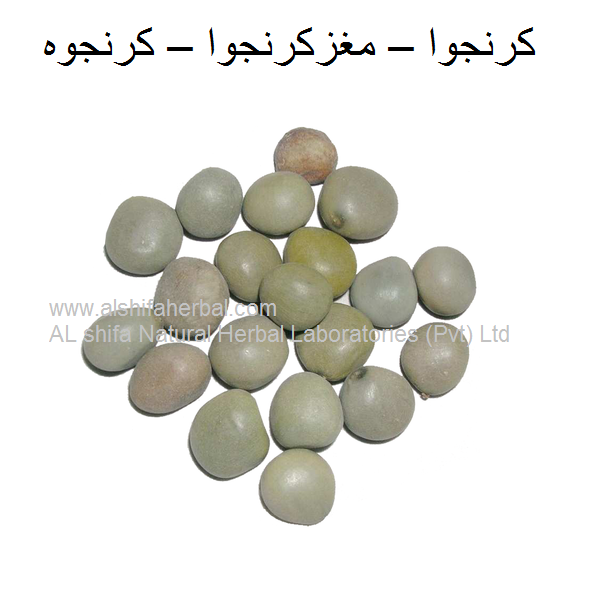
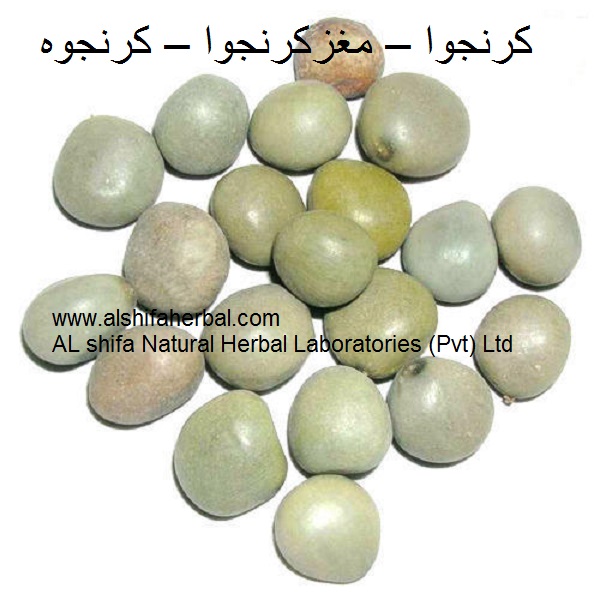

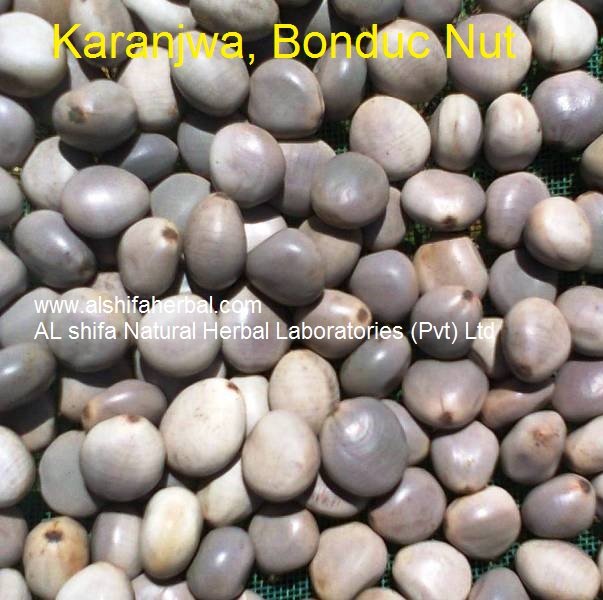






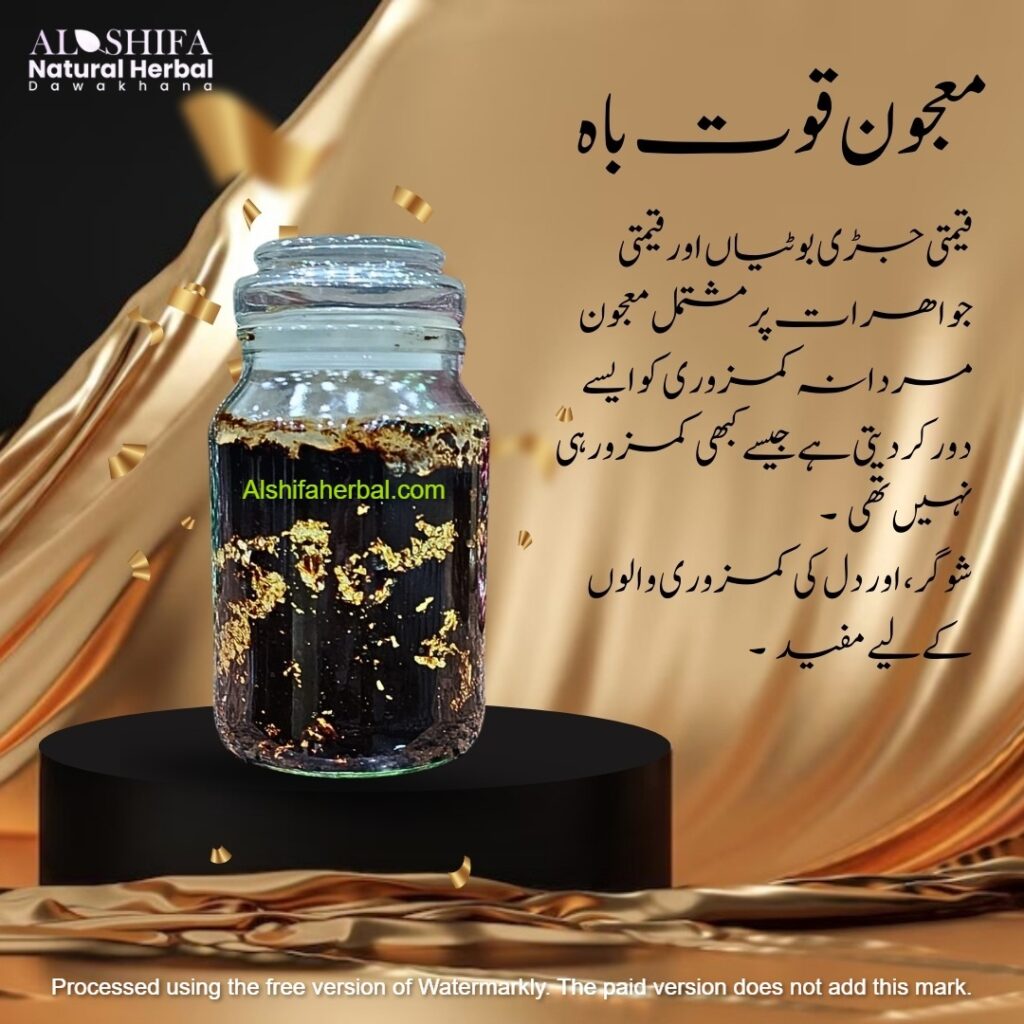
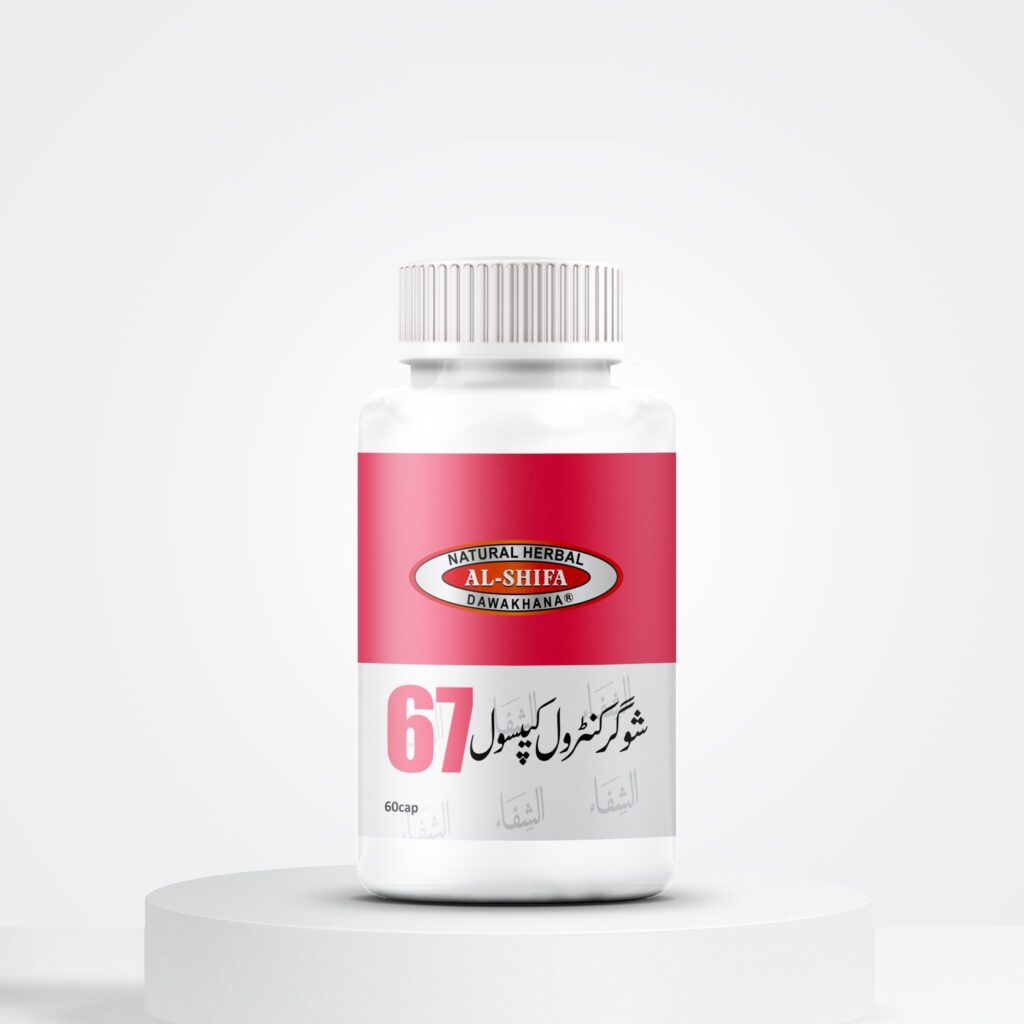
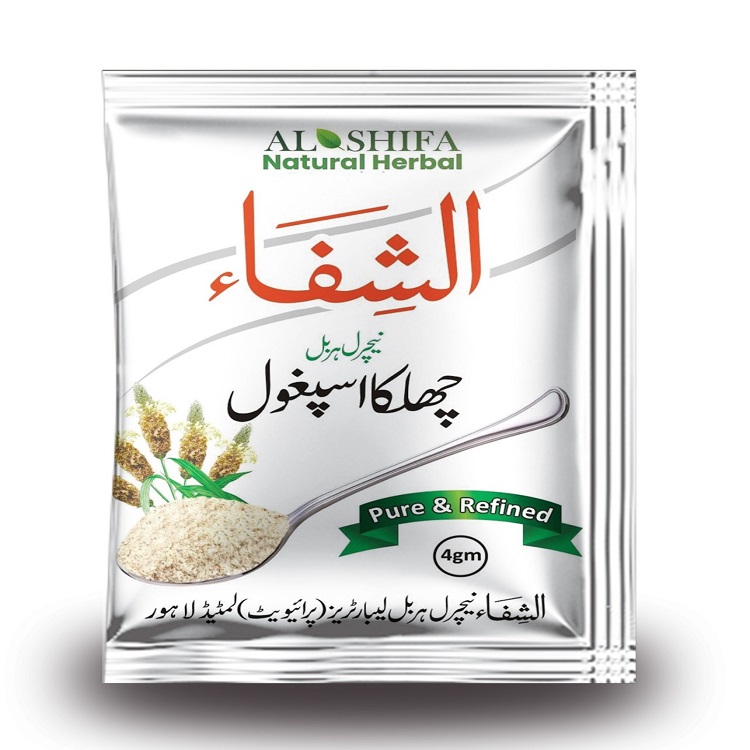



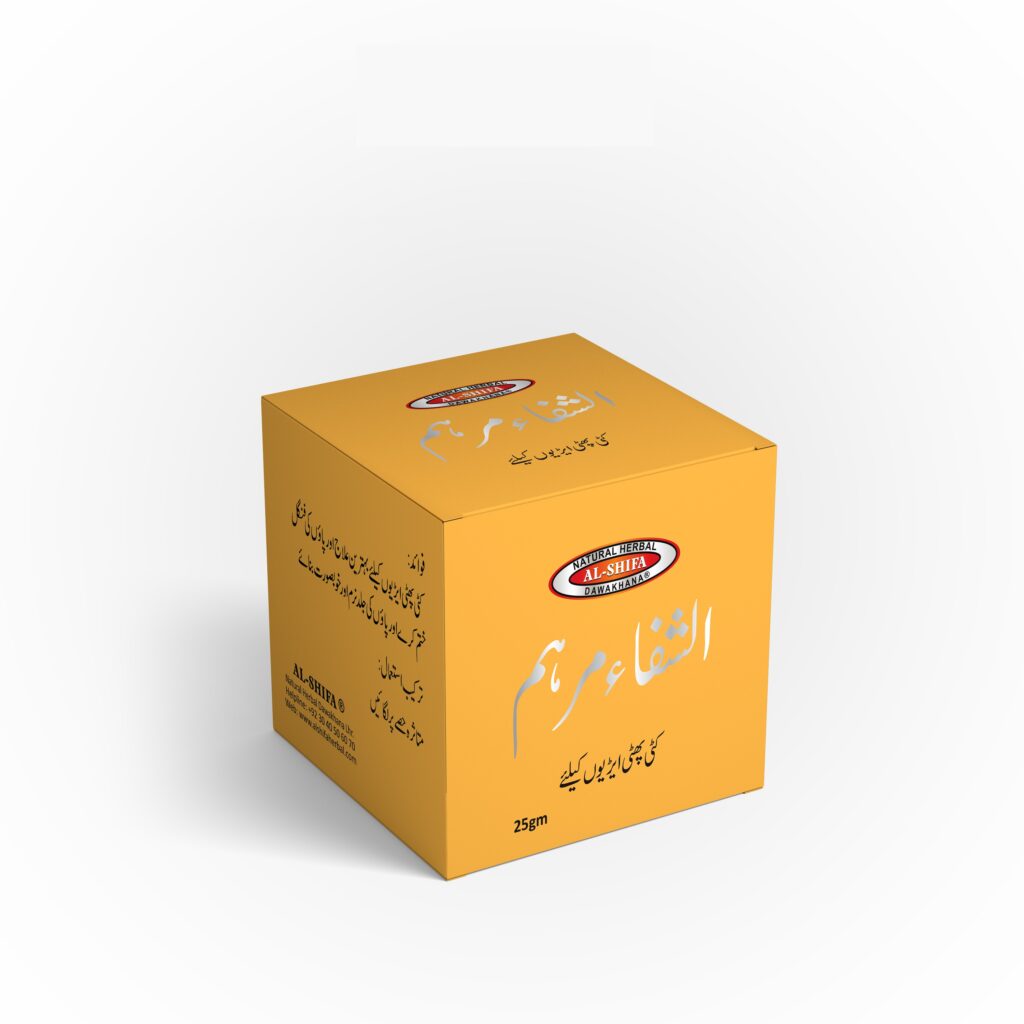



Reviews
There are no reviews yet.